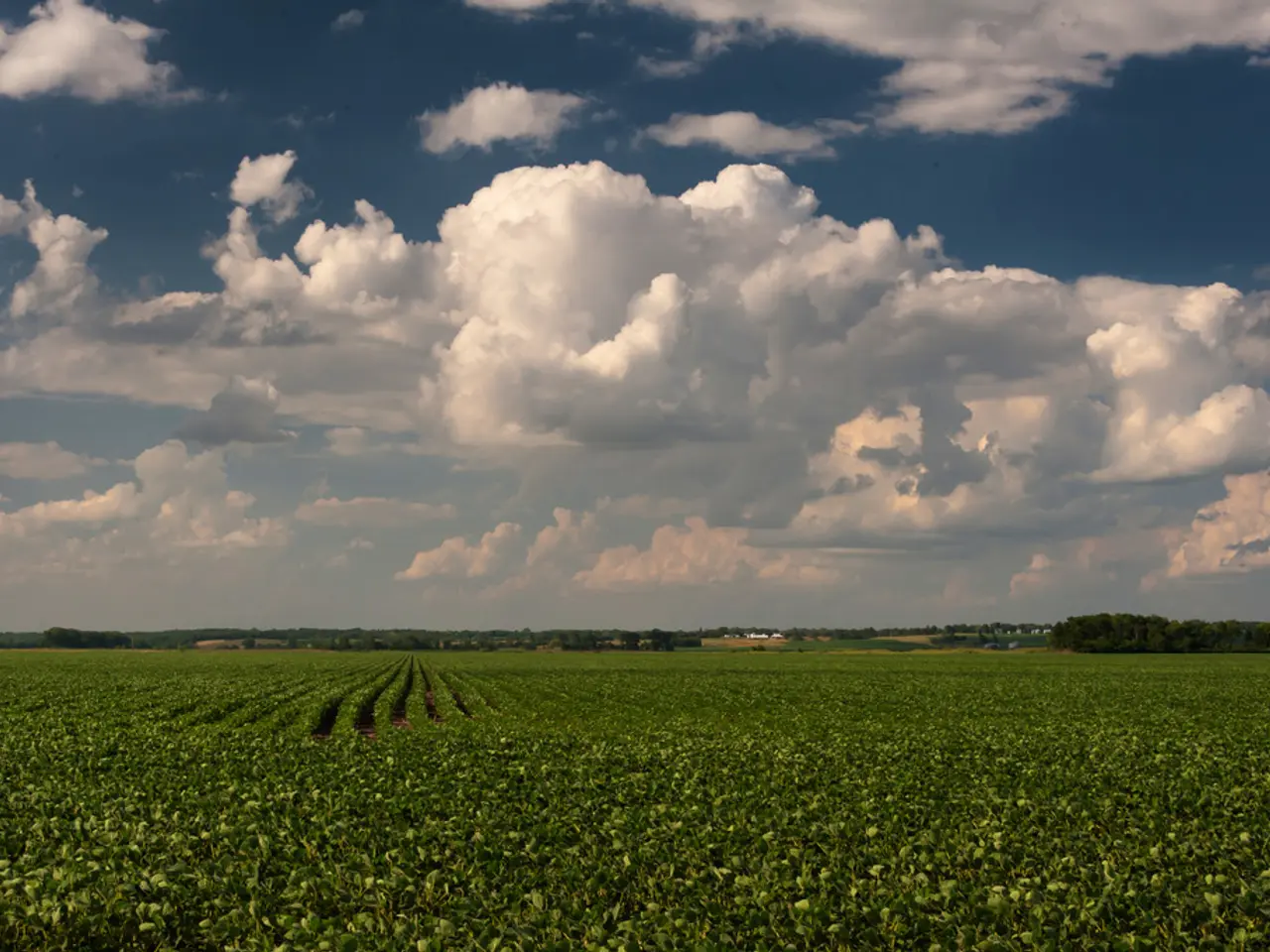Stress relief might be achieved through the use of vertical vegetation, according to a study by Nanyang Technological University, Singapore
Nanyang Technological University, Singapore (NTU Singapore) has conducted a study that suggests vertical greenery on building exteriors may help buffer people against stress in urban environments. The study, led by Sarah Chan, a Ph.D. candidate from the Interdisciplinary Graduate Programme at NTU, and co-led by Associate Professor Lin Qiu from the Psychology programme at the NTU School of Social Sciences, was published in the peer-reviewed academic journal Landscape and Urban Planning. The study's DOI is 10.1016/J.LANDURBPLAN.2021.104127.
In the study, 111 participants were asked to walk down a virtual street for five minutes, with half viewing streets with planted greenery and the other half viewing streets with only green painted walls. The results showed that participants reported feeling less positive when walking through the street with buildings covered by only green walls, while those walking through the street with buildings covered by plants did not report feeling either more or less positive.
The study provides evidence that vertical greenery systems can help moderate the detrimental consequences of stress. Moreover, it has practical implications for high-density urban areas that face land constraints. Walls of greenery can help lower ambient temperature, reducing energy consumption from cooling systems, and can reduce carbon emissions. They can also lessen the effect of 'urban heat island' - a phenomenon where city centres experience warmer temperatures due to limited greenery and a high concentration of built structures.
The study's findings provide additional impetus for city planners to adopt a 'biophilic design' concept, an approach to architecture that seeks to connect people more closely to nature. This approach can have significant benefits for the well-being of people living in urban areas and can guide greening efforts in cities.
The study also plans to investigate the psychological impact of using natural materials like wood compared to concrete in architecture using Virtual Reality (VR). This research could further our understanding of how the built environment can impact mental health and well-being.
In conclusion, the study by NTU Singapore provides valuable insights into the benefits of integrating nature into the built environment through vertical greenery. As urban populations continue to grow, these findings can guide city planners and architects in creating more liveable, sustainable, and stress-reducing cities.
Read also:
- Overweight women undergoing IVF have a 47% higher chance of conceiving naturally post-weight loss
- Bonsai Trees from Evergreen Species: Exploring Growth Characteristics & Distinct Qualities
- What temperatures may make walking your canine companion uncomfortable?
- Title: Information About Beovu: Potency, Form, Usage, and Additional Details






